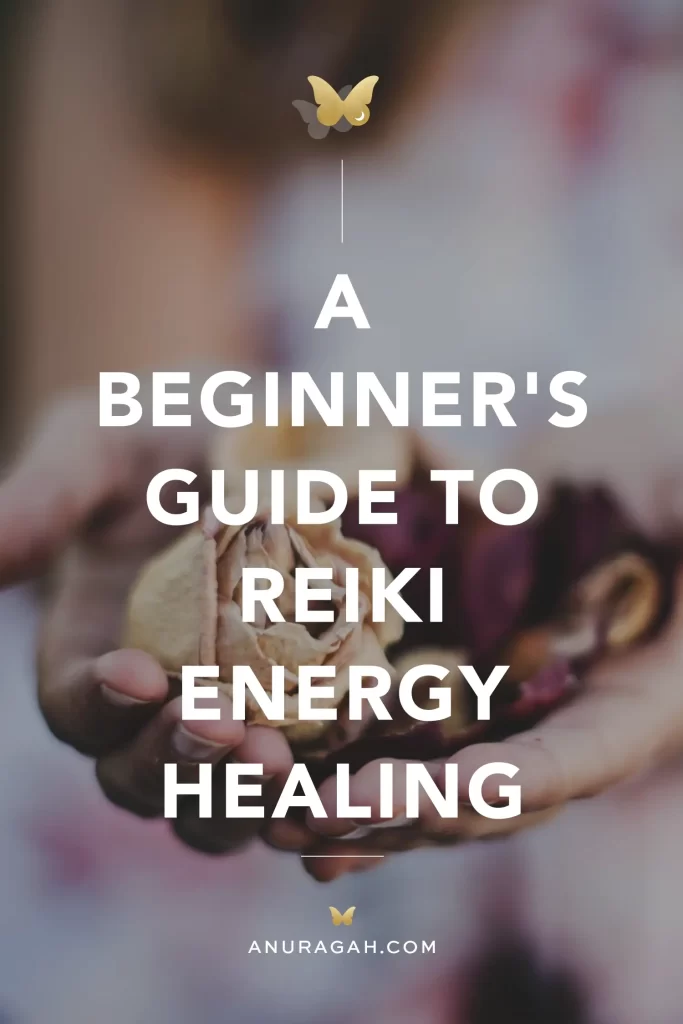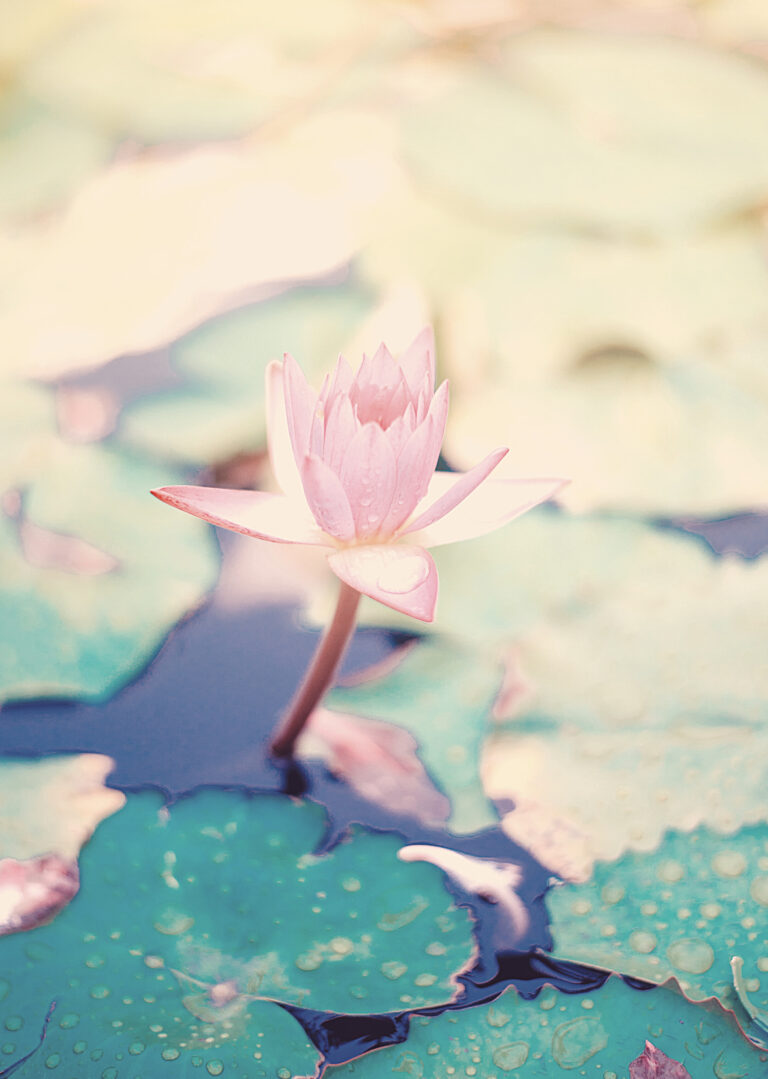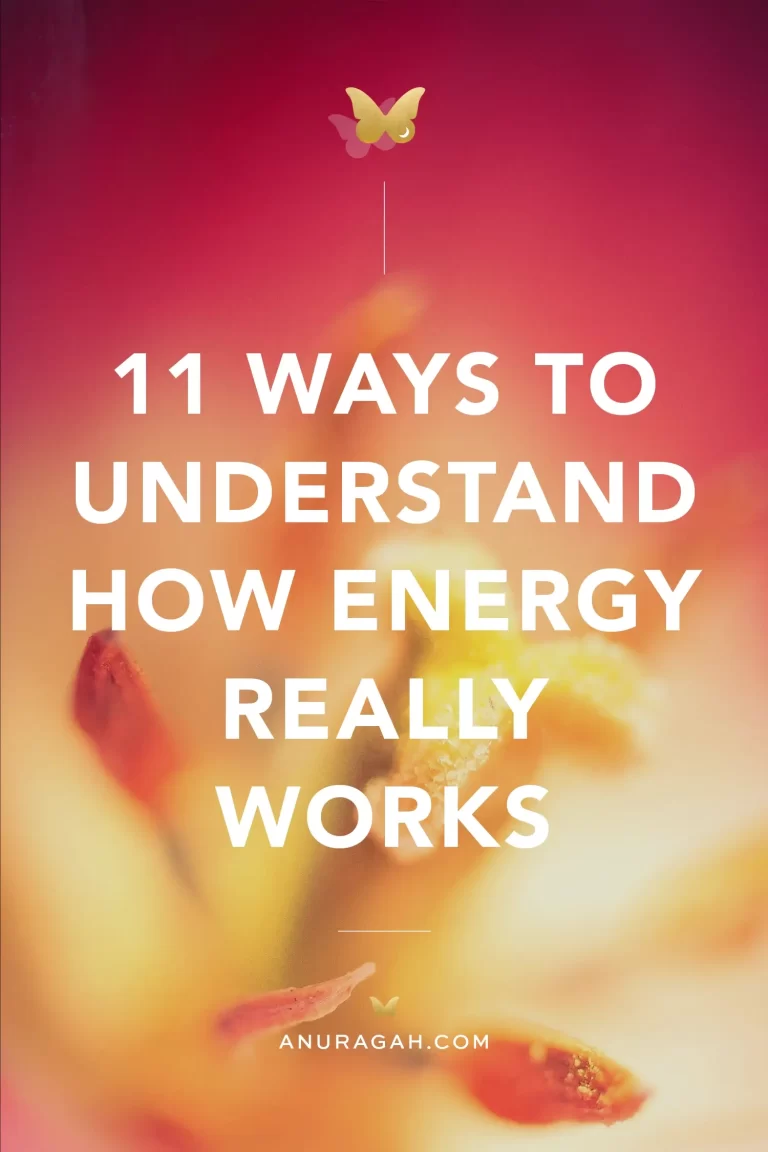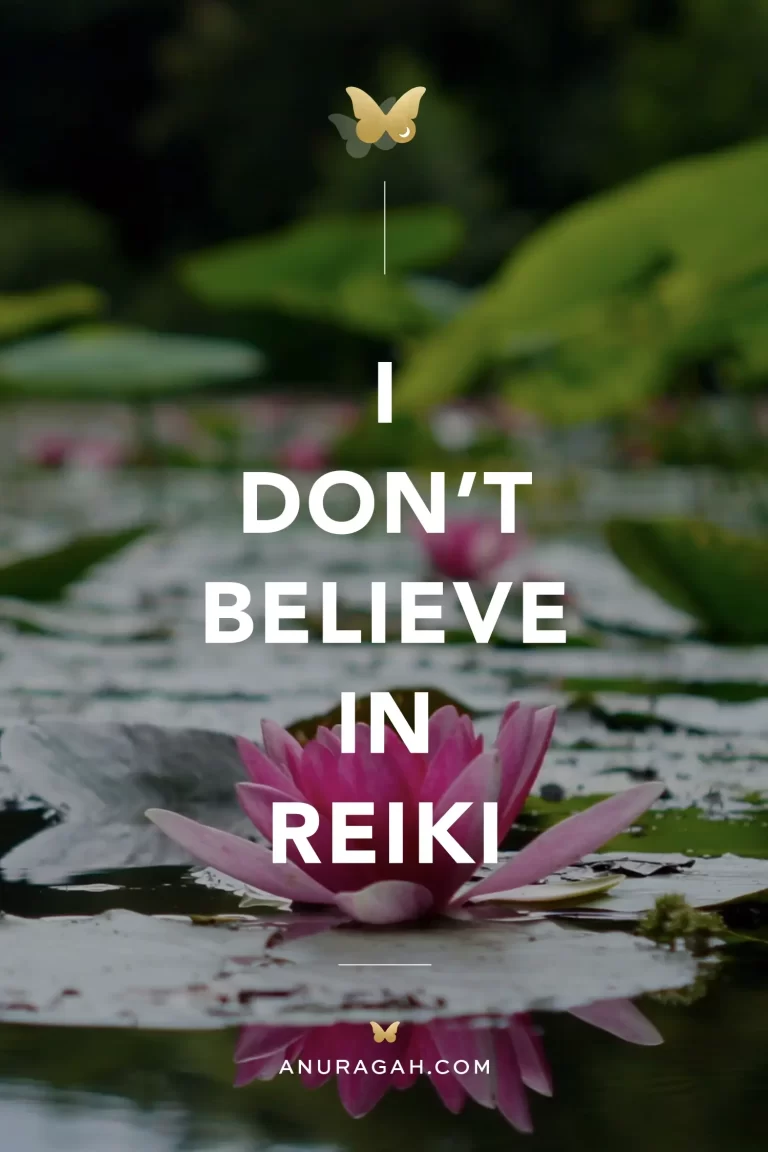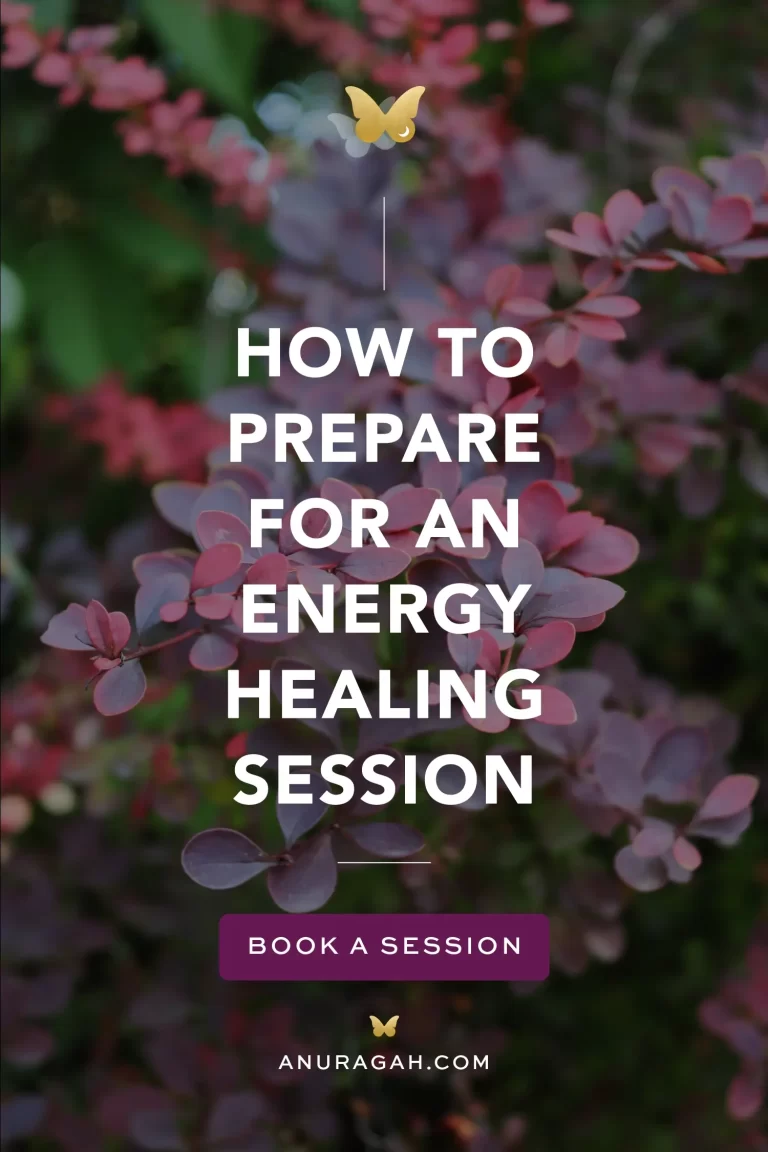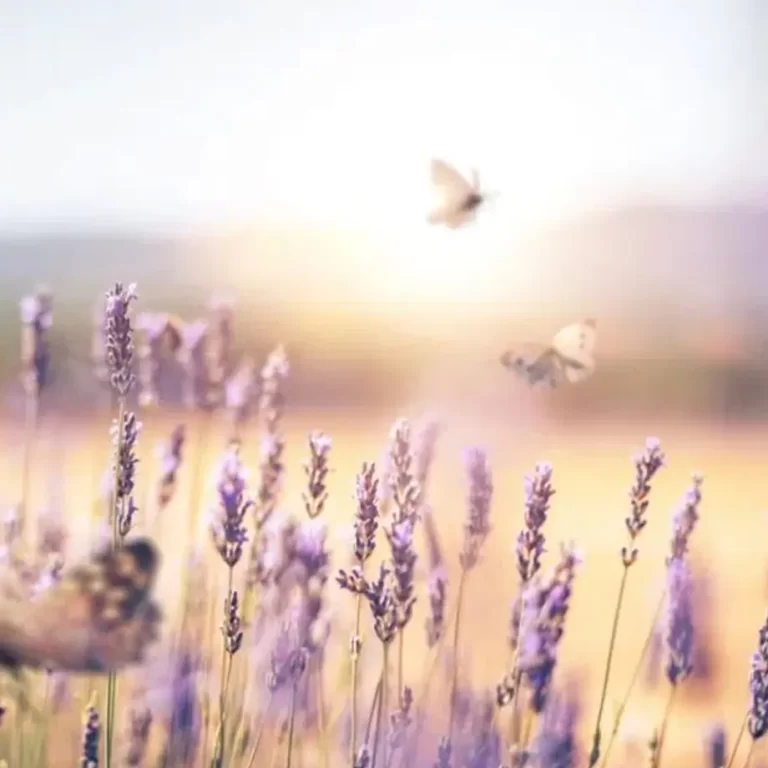A Beginner’s Guide to Reiki Healing
Last updated: June 5, 2025 • 7 minute read
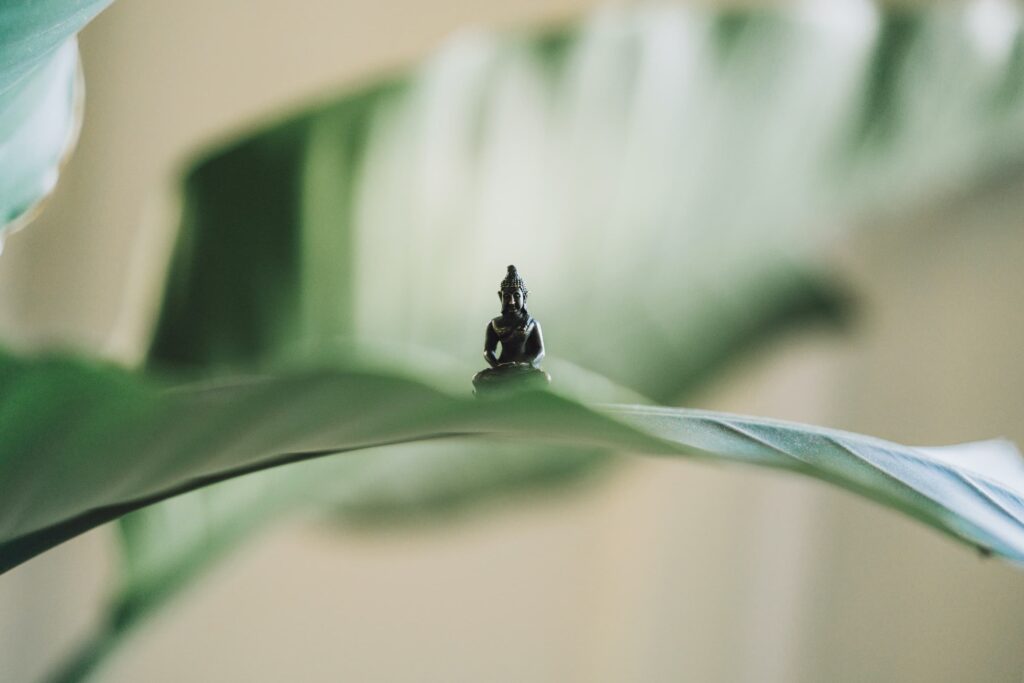
In our fast-paced world, stress, anxiety, and physical ailments have become commonplace. Amidst various healing modalities, Reiki emerges as a gentle yet profound practice that taps into the universal life force energy to promote balance and well-being.
What is Reiki?
Reiki, pronounced “ray-key,” is a Japanese healing technique developed by Mikao Usui in the early 20th century. The term combines two Japanese words: “Rei,” meaning universal or spiritual wisdom and “Ki,” meaning life energy. It is the life force energy that flows through us and keeps us alive. So Reiki is simply Life Force energy that is guided by spiritual consciousness.
This is why Reiki energy does not need to be directed. It has its own awareness and intelligence, and simply by connecting to the client’s energy field, knows what to do and where to go.
Energy has been given many names across time by various cultures. A few of the more commonly known names are Chi in Chinese, Prāṇa in India, and science refers to it as biofield energy.
In this post, I’m not here to give you a clinical breakdown of Reiki or list out what the world says it is. I want to share what Reiki truly means to me — and why it has become the backbone of not only my healing work, but my everyday life.
Join Us
Get a 10% coupon for a Reiki session
Stay in the loop for upcoming classes, courses, and soulful offerings,
delivered straight to your inbox.
What Reiki feels like, to me
Have you ever felt a soft hum inside you? Like a gentle current moving through your body, letting you know: “There’s more here than what you can see.” That’s what Reiki felt like to me the first time I experienced it. Subtle. Safe. Familiar.
Reiki is not something I found, it found me — quietly, persistently. Reiki entered my life at a time when I didn’t even know what I was searching for. This was thick in the middle of the first year of the Covid pandemic, 2020. I was feeling off, lost in the fear and noise of this new normal, and struggling to stay connected to myself.
I signed up for my first Reiki I & II class literally overnight. I kept seeing signs — posts, images, websites about learning Reiki over and over, like gentle nudges from the Universe. I wasn’t chasing it. I did not yet have the language to explain what I was experiencing. I was simply open, curious, and ready for something deeper. Once I started working with the energy, it felt like pieces of my inner world started making sense.
From the beginning, Reiki felt like home. It didn’t rush in with fireworks. It arrived like a soft realignment. For me, Reiki is subtle, but powerful. Sometimes it brings calm. Sometimes it stirs up old emotions that are ready to be seen. And sometimes, it feels like a deep exhale I didn’t realize I’d been holding back.
It continues to meet me exactly where I am.
mi
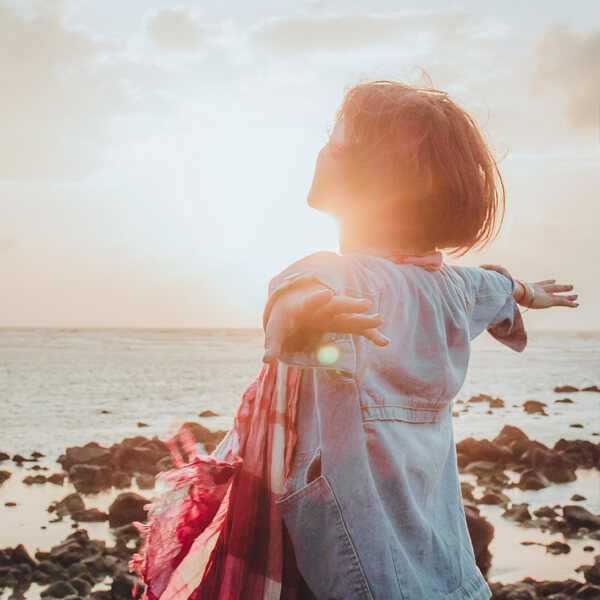
Ki is what animates our physical organs and cells, nourishing them and supporting them in their vital functions. As long as something is alive, it has this life energy circulating through it. The flow can lessen or increase depending on what the being is feeling or going through at that time. Ki is highly influenced by the mind, so your positive or negative thoughts actually have an effect on your physical self.
How does Reiki work really?
The science and philosopy behind Reiki
Reiki operates on the principle that life energy flows through the body along pathways known as meridians and is concentrated around the energy centers called chakras.
The meridians are pathways through which subtle energy flows through our body. They contain energy points which are also the points used during an acupuncture session. Our chakras (there are 7 main chakras in the body) are the centers where this energy is transformed and purified as needed to keep us healthy.
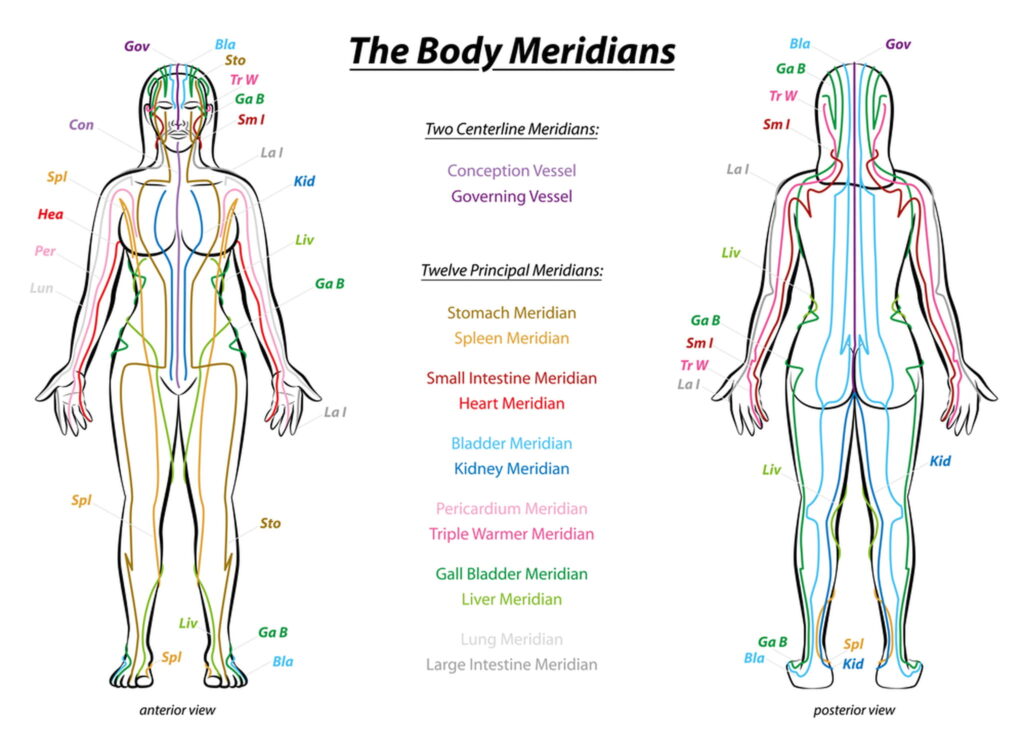
Reiki works by supporting the natural flow of life force energy, or Ki, through the body. When we experience stress, trauma, or negative thinking, this energy can become blocked. These blockages—called byoki—can lead to emotional or physical symptoms over time.
During a Reiki session, the energy intuitively goes where it’s needed most. It helps identify areas where Ki is stagnant and encourages it to move freely again. This process can release stuck energy, restore balance, and support the body’s own healing response.
Our energy doesn’t just live inside our body—it also flows around us in what’s known as the aura, an energetic field that extends about three feet outward of our physical bodies. Ki responds to our thoughts and emotions, so shifts in mindset can also shift the energy we carry.
Life force energy flows around us in an energy field, extending to approximately 3 feet around our physical body, This field is known as the aura. Ki is very responsive to our thoughts and feelings.
Reiki helps clear and strengthen this energy field. Many people report improvements in pain, fatigue, sleep, headaches, and recovery time after medical procedures. It also supports emotional wellbeing, making it an ideal complement to other treatments like therapy, medication, or holistic practices.
There are various forms of energy healing which do similar things using different techniques like acupuncture, chakra balancing, crystal therapy, etc. Each use different tools, but they all aim to restore balance.
For me, Reiki felt the most natural and effective from the very first session. It is a matter of finding what resonates with you most, and what you find the maximum benefit from.
What is the practitioner’s role in energy healing?
The practitioner does not direct the healing, I am merely just a conduit for channeling the energy. The energy is not coming from me, only through me. So one cannot cause harm or do it incorrectly. We are simply connecting the client to the vibrations of the energy and then it does its thing. It is also safer for the practitioner as in this way, we do not take on too much baggage or karma of the client. This helps us to be able to do multiple sessions and not feel depleted. In fact, each time we give Reiki, we also receive it ourselves as Reiki energy fills us up first before flowing through our hands to you.
The best results are achieved by just relaxing and remaining calm and enjoying the soothing energies flowing through you. It always knows what you need and adjusts its strength based on what will create the most appropriate and positive effect for you.
SIMILAR ARTICLES that may interest you
Learning and Practicing Reiki
Becoming a Reiki Practitioner
- Level I: Focuses on self-healing and hands-on techniques.
- Level II: Introduces symbols and distance healing methods.
- Master Level: Prepares individuals to teach and attune others to Reiki.
Each level involves attunements, practice, and guidance from a certified Reiki Master.
A chart explaining the sequence of classes for my lineage of Holy Fire® III Reiki.
Ready to begin your Reiki journey? Learn Levels 1 & 2 with Misty.
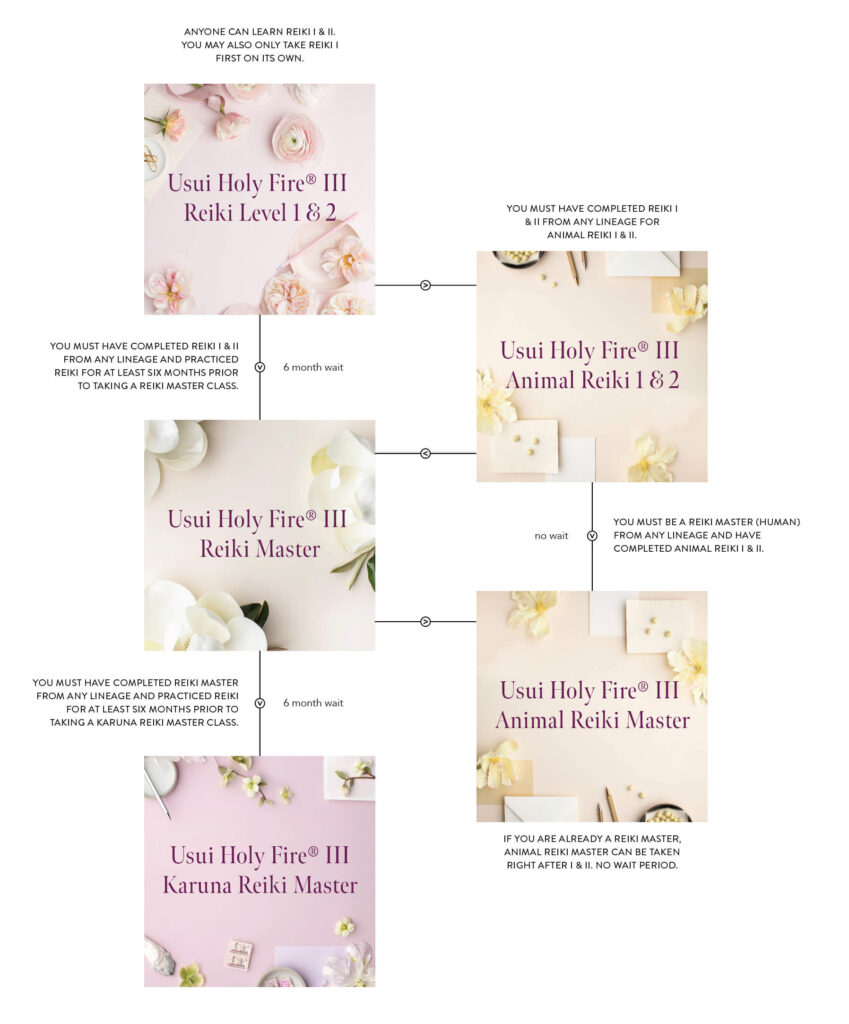
Don’t forget to pin this for later!
